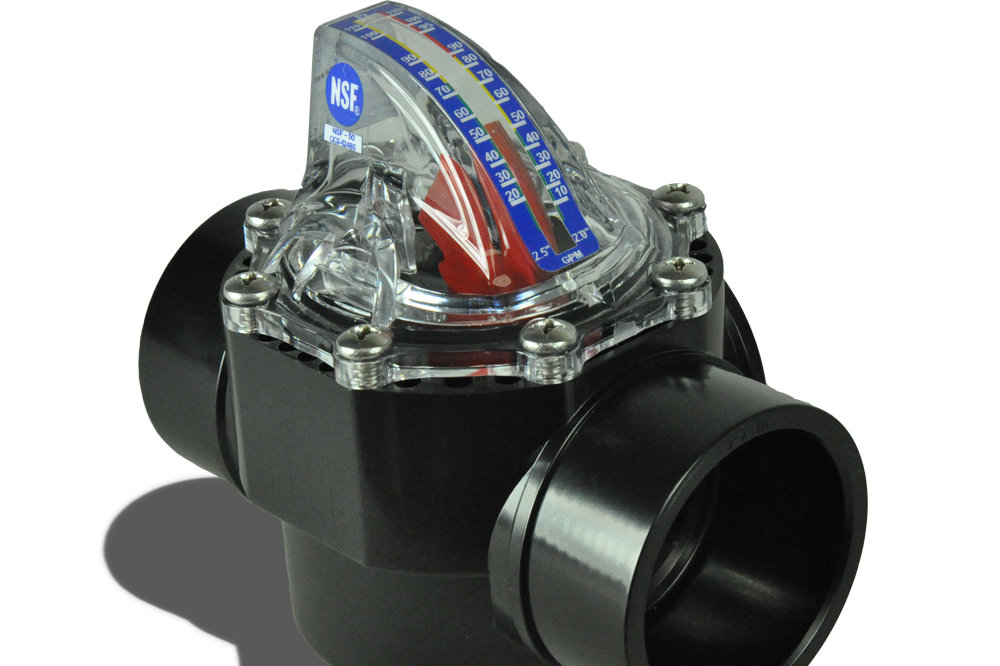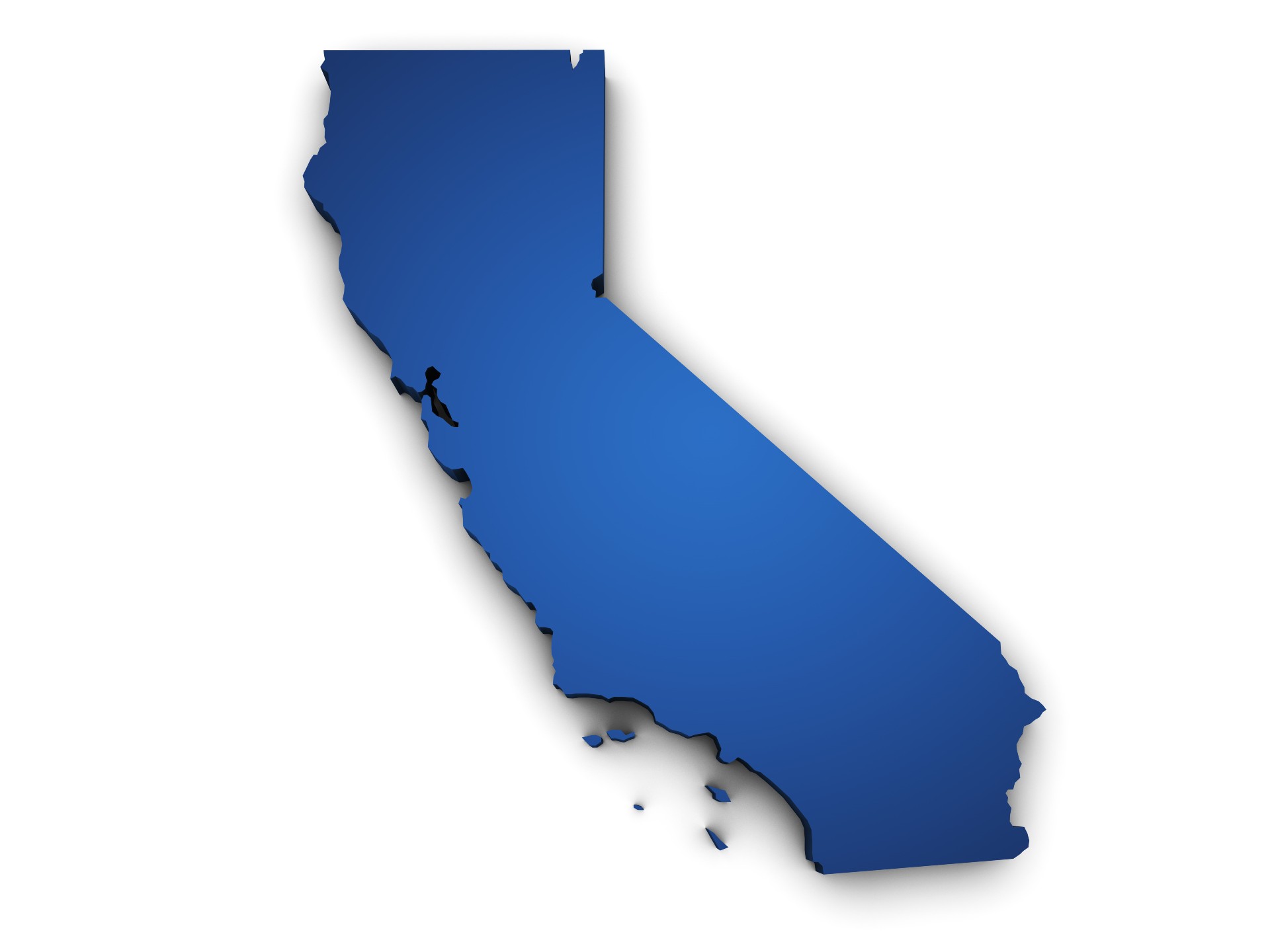Flow meter use is commonplace in the recreational water industry. Facility operators need accurate flow readings of their systems to ensure pools operate effectively and safely.
Historically, there was not a proper flow meter performance standard for assessment and qualification in recreational water applications. Consequently, manufacturers made, sold and installed products based on their in-house knowledge. They believed in their products’ accuracy, but had no way to independently verify or certify it.
Users became fed up with products they perceived as inaccurate. Public health officials were shocked to learn that flow meters were not tested and certified by an independent third party. Facility operators and public officials had assumed products were accurate, even though none were third-party certified.
Use of noncertified flow meters can create risks due to potential false readings. Within the last decade, many issues have arisen that have made the need for certified flow meters critical:
• The 2007 Virginia Graeme Baker Pool & Spa Safety Act required all suction fittings to be tested and listed for a certain maximum flow rate because higher flow rates cause an entrapment risk.
• Chlorinators, ozone and UV systems for water treatment are tested and certified for a particular maximum flow rate to avoid microbiological and other risks.
• Skimmers operate most effectively at certain flow rates. If water flows too quickly, skimming performance (removal of contaminants from the water surface) is compromised.
• Filters operated at too high a flow rate can short circuit or cause channeling of water through the media, which compromises proper filtration and adds health and safety risks.
• Increased energy costs and utility rebates encouraged facility operators to use two-speed or variable-speed pumps, which can be programmed to throttle down or shut off at certain times. Turning the pump down or off is like reducing or stopping your heart pumping blood: It can have serious implications for pool safety and swimmer health. When systems operate at less than full power, they may yield reduced flow rate and sanitation due to reduced filtration and circulation of disinfectants and oxidants. This may yield poor water clarity and quality, as well as reduced swimmer safety because bather-load levels and systems were originally designed for higher flow rates.
Because of concerns about water-safety risks that can result from the inaccurate measurement of flow rates, NSF International’s innovation team worked with public officials, manufacturers and product users to create a program to evaluate, test and certify flow meters for their important safety and functional aspects.
The 2016 issue of NSF/ANSI 50: Equipment for Pools, Spas, Hot Tubs, and other Recreational Water Facilities includes a new section on flow meters. NSF/ANSI 50 already has the proper criteria for evaluation, testing and certification of chemicals and many products used at a pool, spa or waterpark. For example, the following products have specific sections and requirements within NSF/ANSI 50:
• Pool alarms
• Pool and spa covers and other barriers
• Safety vacuum release systems
• Suction fittings and drains
• Filters (such as granular media, pre-coat media and bag/cartridge type)
• Pumps (such as variable speed, single speed, etc.)
• Strainers
• Valves and fittings (such as multiport valves, water return fittings, etc.)
• Piping and tubing
• Skimmers, grates and overflows
• Chemical generators of bromine and chlorine
• Mechanical chemical feed pumps
• UV systems and ozone systems
• Copper and silver ion generating systems
• Automatic controller systems
• Water quality testing devices
• Specialty fittings
• Heaters, coolers, solar heaters and heat exchangers
• Spas and hot tubs
NSF developed NSF/ANSI 50 through a consensus process with three-part, balanced input from the regulatory, industry and user communities. The standard continues to grow and evolve with the addition of functional evaluation criteria for different products that may not already have a detailed chapter or section in the standard.
There is a need for standardized evaluation and testing methods for certification of products, and NSF/ANSI 50 is the home of innovation for the pool, spa and waterpark chemicals and products industry.
“During the development of our FlowVis flow meter in 2012, we determined the product’s success would be greatly impacted by having a third-party verification of our performance claims,” said Paul Hackett, CEO of H2flow Controls Inc. “We contacted NSF International and asked if a standard existed to test such a product. To our surprise, we discovered that no standard existed for flow meters. Manufacturers were simply left to declare their own performance claims and criteria. We discovered during this process, though, that NSF was the perfect partner to create such a standard.
“Now in 2016 we can report that the flow meter section has been balloted into NSF/ANSI 50, and the NSF testing and certification work has achieved the impact we desired. NSF recognized the market need and benefit of a flow meter performance standard to help operators, manufacturers and public officials accomplish their goals and protect public health safety.”
Verifying the accuracy and safety of flow meters has become increasingly important, and NSF has helped the industry with the NSF/ANSI 50 flow meter requirements. State laws require that public pools install a flow meter to ensure that health officials can verify safe water flow, circulation, filtration and turnover during an inspection. Certain states, such as California (Building Code Title 24, Part 2, Vol. 2, effective Sept. 1, 2012), require accurate flow meter products to be tested and certified to an industry standard such as NSF/ANSI 50. The Model Aquatic Health Code section 4.7.1.9.1 requires flow meters be NSF/ANSI 50 certified.
The detailed and rigorous evaluation and testing criteria in NSF/ANSI 50 for flow measurement devices includes:
• Flow accuracy levels 1 to 5, which equate to different relative accuracy levels (L1 is most accurate)
• Flow accuracy determined by performance testing across the full flow rate range
• Flow accuracy testing with specific pipe sizes and schedules
• Flow accuracy tested with elbows and straight pipe lengths, depending on manufacturer claims
• Material safety and chemical/color leachate evaluation (health and safety)
• Corrosion resistance of the products and fasteners
• Pressure loss or head loss testing so users and designs can account for friction or pumping losses
• Hydrostatic pressure testing to investigate strength and suitability of the product (1.5x working pressure)
• Cyclic pressure testing (20,000 cycles of 0-30psi-0)
• Sustained pressure testing to investigate strength and suitability of the product (2.0x working pressure)
• Product life testing, which includes a simulation of 5,000 activation cycles and an accuracy assessment
• Other criteria, depending on functionality and installation/use claim
• Product markings, such as flow direction, scale readability, etc.
• Product instructions, to make sure testing matches installation orientation and manufacturer claims
Users and specifiers now can search for and find flow meters that have been independently tested and certified.
For a flow meter to earn NSF certification to NSF/ANSI 50, it must pass all evaluation and testing requirements, as well as the initial NSF audit of the manufacturing facility to verify that quality assurance and control requirements were met, and that only authorized materials and components are used in manufacturing. To ensure ongoing compliance, NSF conducts annual, unannounced facility audits and periodic retesting.
Certification of a flow meter demonstrates to pool operators and regulators its ability to effectively and accurately measure water flow, which is of the utmost importance to maintaining safe pool and spa environments.
Written by Richard Martin, senior business development manager, global water systems division, NSF International.



